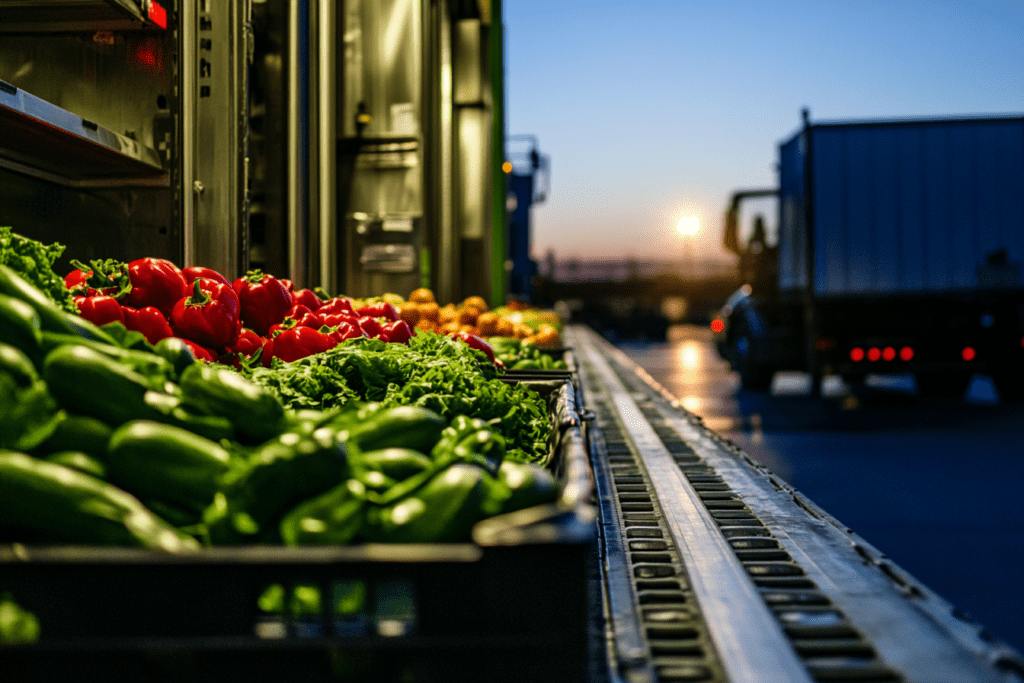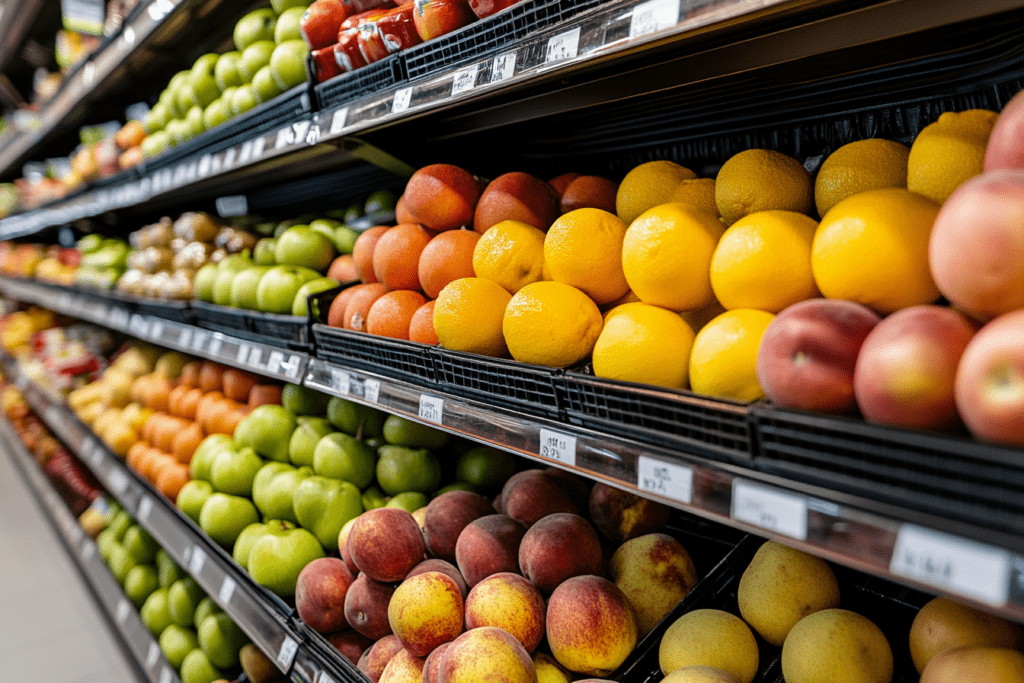With Kroger and Albertsons dominating grocery retail in 21 states, Americans might assume these industry giants maintain the highest standards for fresh produce. Recent investigations suggest otherwise. A staggering $18 billion worth of food arrives at U.S. grocery stores already spoiled, and major chains are among the worst offenders when it comes to produce quality and waste.
Supply chain breakdowns impact produce quality

Post-pandemic disruptions continue to plague major grocery chains, with labor shortages and transportation delays leading to significant quality issues. When produce sits in non-temperature-controlled environments or faces delays in transit, deterioration begins before items even reach store shelves.
Weather extremes compound these challenges. Crops exposed to unusual temperature patterns often arrive at distribution centers already compromised. Without proper monitoring systems, these issues go undetected until produce reaches store displays.
Inventory management failures at major chains
Large grocery chains often prioritize fully-stocked displays over quality. Stores routinely overstock perishable items, knowing that waste is inevitable. This practice leads to faster deterioration as older produce gets buried under newer shipments.
What if stores focused on quality over quantity? Some regional markets have proven that smaller, more frequently rotated produce displays actually increase sales while reducing waste.
Technology gaps hurt produce freshness

While some retailers have embraced AI-driven quality control tools, many major chains lag behind in implementing these technologies. Without proper monitoring systems, stores struggle to track produce freshness and optimize inventory rotation.
Modern systems can reduce waste by 21% through dynamic pricing and better inventory management. However, many large chains continue to rely on outdated methods, resulting in unnecessary waste and compromised quality.
Regional markets show better results
Smaller regional chains often maintain higher produce quality standards. These stores typically have shorter supply chains, more frequent deliveries, and better relationships with local suppliers. They also tend to have more dedicated produce staff who can monitor quality throughout the day.
Many regional markets achieve significantly lower shrink rates than the industry standard of 15%. Their success demonstrates that better produce management is possible when prioritized.
Finding better produce options

Consider shopping at farmers markets or regional grocery chains where possible. These venues typically offer fresher produce with shorter transportation times. Many also maintain stricter quality control standards and more frequent inventory rotation.
When shopping at major chains, check produce thoroughly before purchasing. Examine items from the middle or back of displays, as these often reveal the true quality standard of the store.
The produce industry faces significant challenges, but consumers have options. By choosing retailers who prioritize quality over quantity and investing in proper storage and handling systems, shoppers can access fresher, higher-quality produce while reducing food waste.


